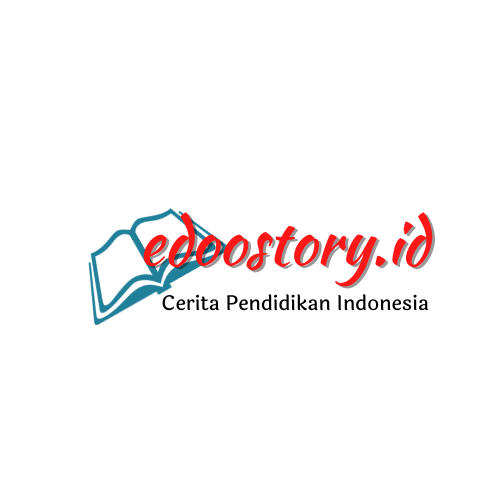‘Mudik’ can be described as the journey of people who seek their fortune in the city to return to their hometowns. This annual tradition is a social phenomenon that reflects cultural layers, values, and collective identities formed within society. From a cultural perspective, mudik Lebaran is understood as a manifestation of a distinctive concept and can be interpreted as a cultural space within Indonesian society. Eid celebrations are both religious rituals and highly anticipated cultural events that are respected and contain cultural significance in the social reality of Indonesian culture.
Humans are often referred to as homo festivus, meaning creatures who enjoy initiating and creating various festivals or celebrations. One of them is a festival with a religious nuance, such as celebrations around the month of Ramadan and Eid al-Fitr. Within them, there are relatively similar and massively repeated motifs and patterns. Additionally, humans have the nature of being wanderers or travelers (like to make pilgrimages). Humans are beings who enjoy traveling, including simply strolling to enjoy the scenery or recreation. As Eid approaches, society as a whole will naturally feel the need to celebrate the holiday. The streets will be bustling with various types of vehicles compared to usual days.
At the same time, we are reminded again of the rural-urban relationship that was marked by many imbalances in the past. However, after the reform era, significant changes have occurred, with the development of regions receiving much better attention and funding, reaching even the most remote villages. In the past, economic factors largely influenced people to move to the city. Living in the village was considered inadequate, agricultural land was becoming scarcer, and the decreasing number of young people interested in farming made the village an attraction for villagers. The rapid economic progress and industrialization required and absorbed more labor, most of which were also brought in from the villages. The absorption of labor is what attracted many rural people to urbanize.
Urban Humans, Working Humans
Urban dwellers tend to be busy and focused on their work. Industrialization, materialism, hedonism, and consumerism have, at the same time, fostered individualistic traits. Some of these have reinforced the perception that the city is often identified as a place filled with an atmosphere that is very ‘soulless.’ Spiritual and metaphysical aspects eventually become much longed for. Therefore, mudik Lebaran can be a kind of remedy for the soul’s drought so that city dwellers can revisit the village and its natural tranquility. Mudik offers many positive benefits besides serving the purpose of fostering relationships and celebrating Eid.
In its development, mudik has undergone a shift not only as a means for spiritual purposes but also as a means of recreation and fulfilling the need for entertainment. The subsequent mudik Lebaran celebrations are widely discussed in relation to economic movements in the regions. In a short period, there is a flow of money from cities to regions or villages. Mudik, in a financial context, indicates a considerable cash turnover.
Agus Maladi Irianto, in the article “Mudik and Cultural Cracks” in the Humanika Journal (Vol 15, No 9: June 2012), revealed that the phenomenon of mudik Lebaran can be concluded as follows. First, the phenomenon of mudik in Indonesia has become a tradition that is considered the most influential movement to channel funds to the regions. Second, the mudik tradition occurs due to migration from villages to cities, which then develops into uncontrolled urbanization.
Third, the mudik tradition contains spiritual, psychological, and social dimensions that must be addressed, implying a cultural heteronomy. Mudik travelers are caught in a tug-of-war between new situations and values with the old. Fourth, the mudik tradition illustrates the continuing strength of the primordial bonds of urban communities, even though urban values should be more global.
As a cultural event, mudik is a construction of rituals and traditions to shape the collective identity of its supporting community. The long and heroic journey of the mudik travelers from various cities to return to their hometowns goes beyond mere physical movement and the presence of where they are. The Javanese also recognize the term ‘tetirah.’ Tetirah is one of the concepts of local wisdom (local genius) reflecting the cultural identity of Javanese society. Javanese people who work and live in cities still have a connection with their hometowns but cannot go back anytime they want. For them, the village is like an imaginative door that has a schedule of when city dwellers can enter, such as during Eid, nyadran (ritual visit to ancestral graves), or village almsgiving. For city dwellers, mudik Lebaran is also often used as a moment for a brief tetirah and a moment to “return to zero point.”
It is not surprising if mudik Lebaran can actually also be interpreted as the imagination of balancing the lives of people from the backcountry in dealing with their urban life problems, which are always busy with routines, targets, and work.
Author: Dr. Sukarjo Waluyo, S.S., M. Hum. (Head of the Indonesian Literature Department, Faculty of Humanities UNDIP)




